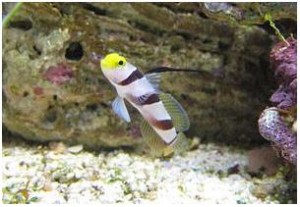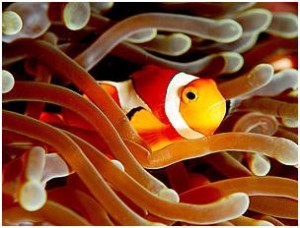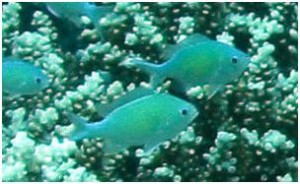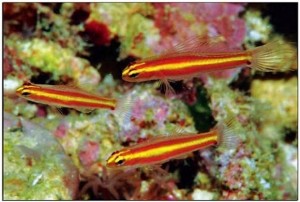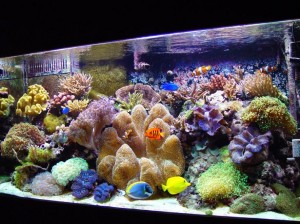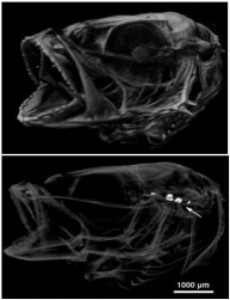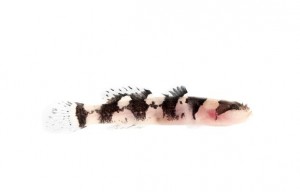
Welcome the first newly bred fish in ORA farms, Gobiopsis quinquecincta or Jaguar Goby as they haved named it. It is an outstandingly beautiful fish with features and looks never seen before. Goby enthusiasts are going to love this breed for their inherent easiness in marinating and the particularly distinguishing patterns of it. People at ORA farms encountered this fish… [Read More]

